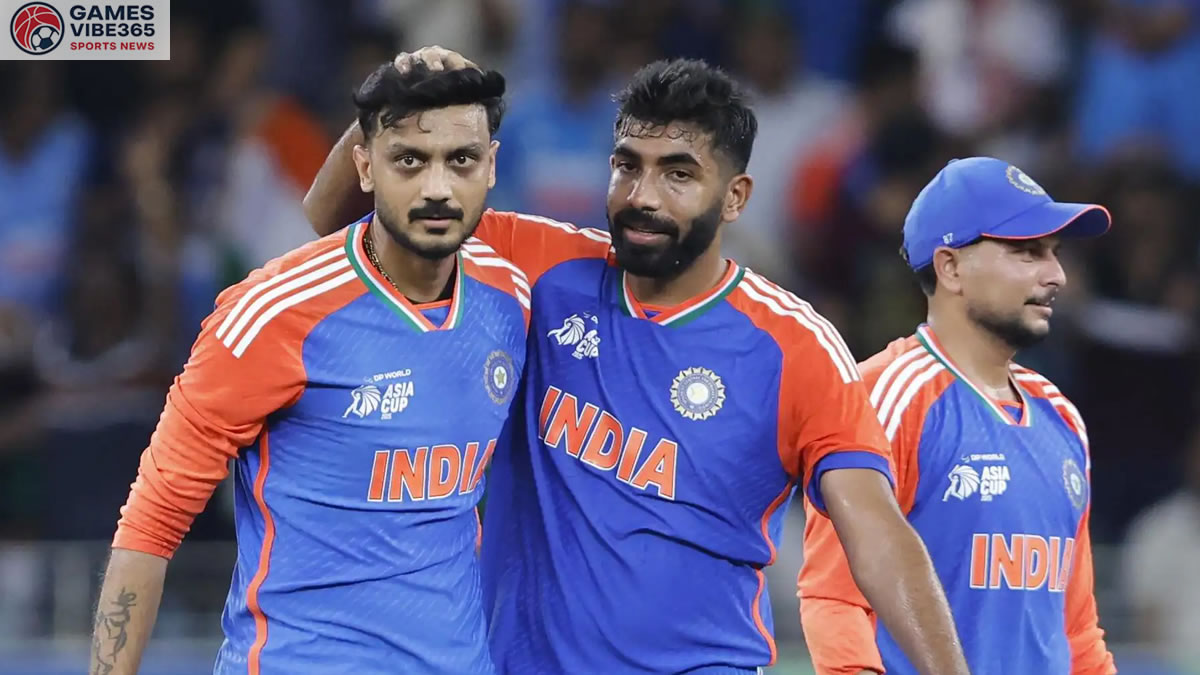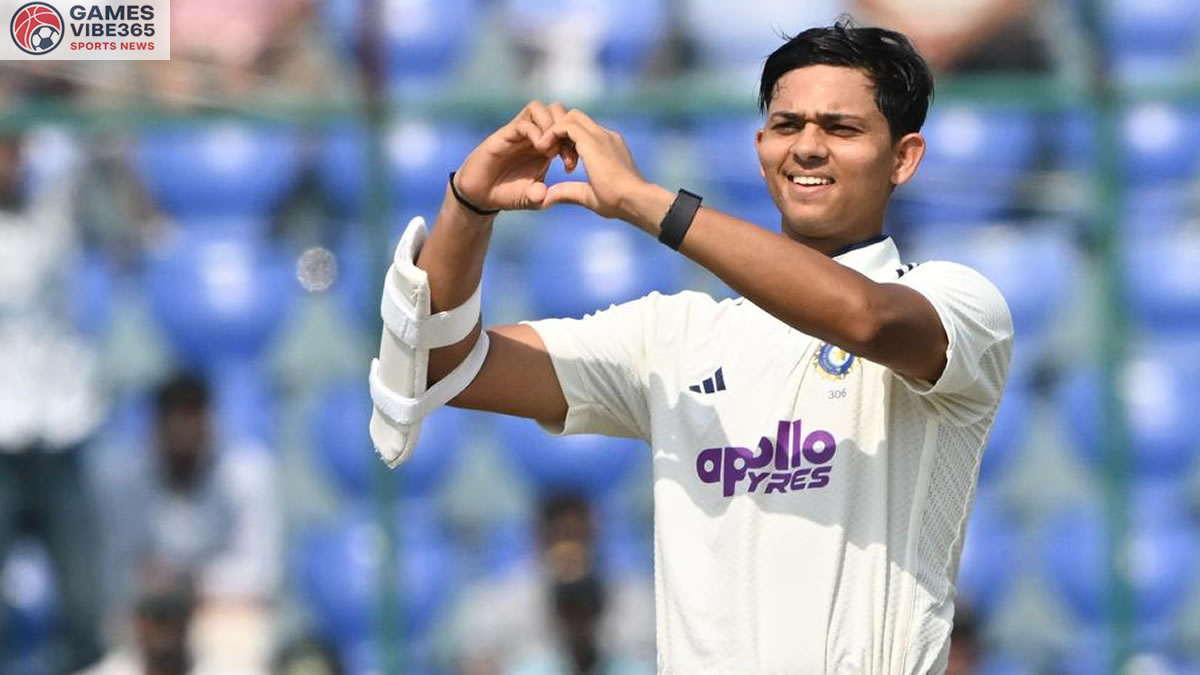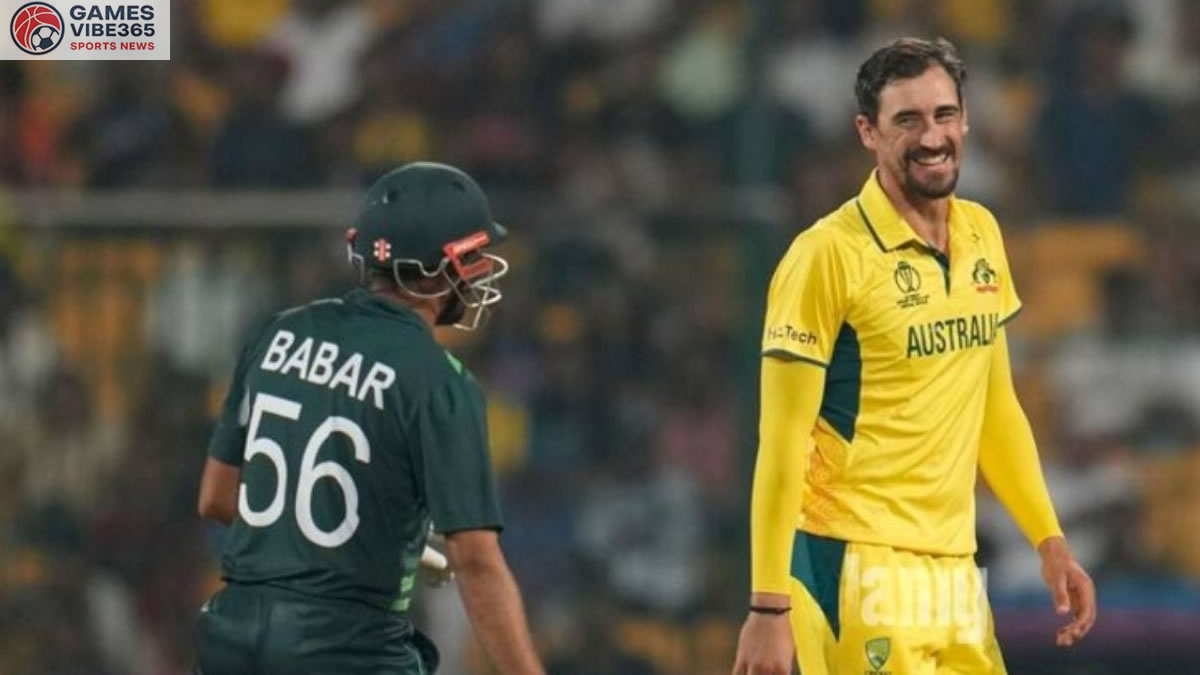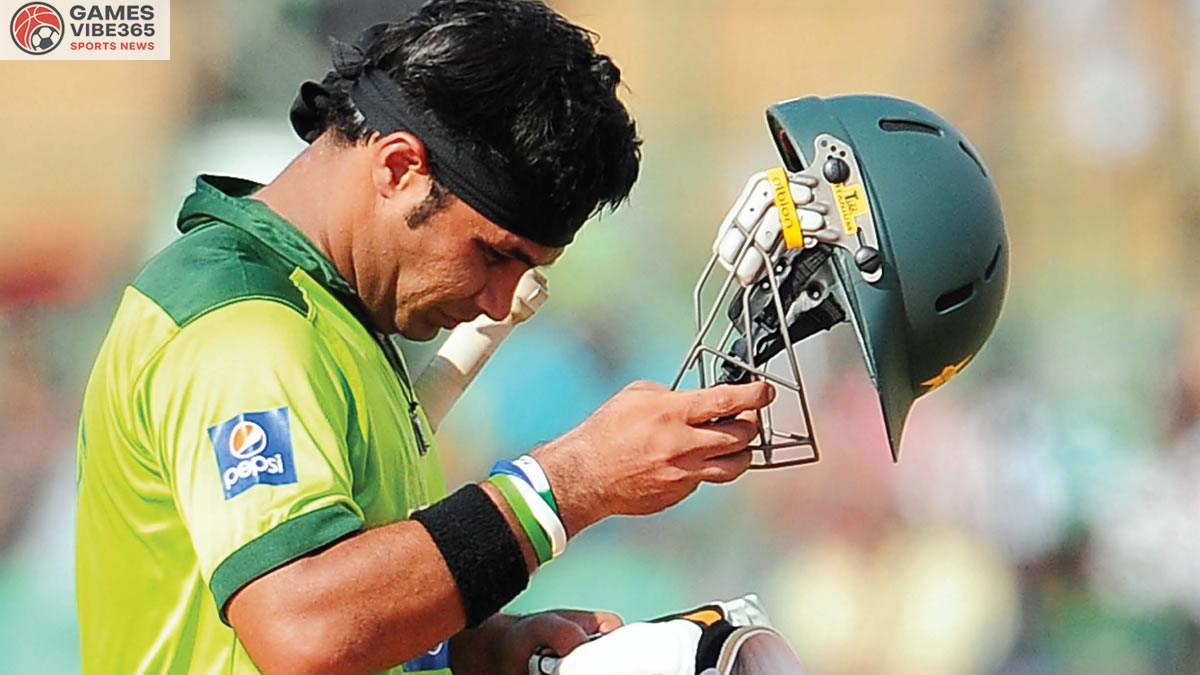India’s all-rounder Axar Patel is reportedly “doing fine” following a head injury sustained during India’s thrilling Group A clash against Oman in the ongoing Asia Cup 2025, according to India’s fielding coach T Dilip. The incident, which occurred in the 15th over of the match, raised concerns about Axar’s availability for the upcoming Super Four stage, where India will face arch-rivals Pakistan in Dubai.
Axar Patel’s Injury: What Happened?
Patel, positioned at mid-off, attempted to stop a miscued shot from Omani batter Hammad Mirza. In a frantic effort, he fumbled the ball twice and lost his balance while diving for a third stop. The moment left him clutching the top of his head before he walked off the field, clearly in discomfort.
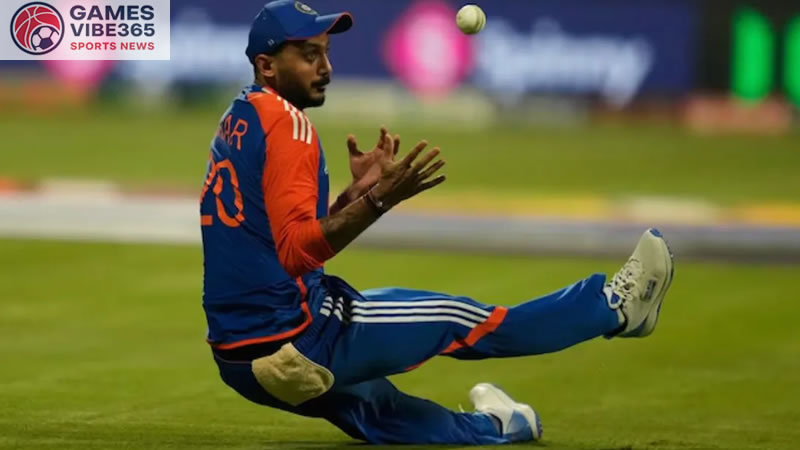
Despite the scare, T Dilip reassured fans:
“He is doing fine.”
Axar’s presence is vital for India’s balance, particularly in the middle order, where he can adapt as a finisher or anchor depending on the situation. Earlier in the innings, he played a quick cameo of 26 runs off 13 balls, striking three boundaries and a six, showcasing his aggressive yet calculated approach.
India vs Oman: Match Summary
India posted a competitive 188/8, thanks to pivotal contributions from the top and middle order:
- Sanju Samson anchored the innings with a 56-run knock.
- Abhishek Sharma provided the finishing touches, scoring 38 off just 14 balls, including several powerful hits in the death overs.
Oman, in response, fought valiantly but fell short, scoring 167/4. The match saw standout performances from the Omani side as well:
- Aamir Kaleem top-scored with 64 runs.
- Hammad Mirza contributed 51 runs, combining for a 93-run partnership for the second wicket that briefly put India under pressure.
However, India’s fielding brilliance turned the tide. Hardik Pandya produced a spectacular outfield catch to dismiss Mirza, breaking the partnership at a crucial juncture.
Bowling Highlights
India’s bowlers rose to the occasion, combining precision and strategy:
- Arshdeep Singh reached a significant milestone, claiming his 100th T20I wicket, making him the first Indian bowler to achieve this feat.
- Oman’s bowling threats, particularly left-arm pacers Shah Faisal and Jiten Ramanandi, along with spinner Kaleem, managed to take two wickets each, keeping the contest competitive.
India’s bowling attack, backed by fielding excellence, ultimately contained Oman’s chase, illustrating the importance of a balanced side in T20 cricket.
Tactical Takeaways: India’s Balanced Approach
This match highlighted several strategic points for India ahead of the Super Four stage:
- Middle-order flexibility: Axar Patel’s ability to bat at various positions allows India to adjust based on match scenarios. His injury, therefore, raises questions about India’s middle-order options against stronger teams like Pakistan.
- Fielding impact: Hardik Pandya’s decisive catch under pressure underscores how fielding can alter the momentum in T20 cricket.
- Bowling depth: Arshdeep Singh’s milestone illustrates the reliability of India’s pace attack, which can both take wickets and control runs under pressure.
India’s mix of experience and youth was on full display, setting a template for how they might approach key matches in the Super Four stage.
Looking Ahead: Super Four Clash Against Pakistan
With India now qualified for the Super Four, attention shifts to the high-octane clash against Pakistan in Dubai, scheduled in less than 48 hours. While both teams have progressed from Group A, Axar Patel’s fitness remains a key talking point:
- If fit, Axar could provide crucial depth in both batting and bowling.
- If unavailable, India may need to explore alternative all-rounders or adjust batting positions to maintain balance.
Given the stakes and history between India and Pakistan in Asia Cup and T20 cricket, team selection and strategy will be under the microscope.
Player Performances to Watch
Several players emerged as key performers in the India vs Oman clash:
- Sanju Samson: His ability to anchor and rotate strike makes him invaluable in pressure situations.
- Abhishek Sharma: Known for his explosive hitting in the final overs, Sharma can accelerate India’s scoring when required.
- Hardik Pandya: Beyond his batting, his fielding and experience in tight matches can be match-defining.
- Arshdeep Singh: The pace spearhead’s ability to take wickets in crucial moments provides India with a significant edge.
For Oman, Aamir Kaleem and Hammad Mirza showcased their batting prowess, signaling that while they were outplayed, they are capable of posing challenges against stronger teams.
Asia Cup 2025: The Road Ahead
The Super Four stage promises intensified competition with the top two teams from each group facing off:
- Group A: India and Pakistan progress.
- Group B: Sri Lanka and Bangladesh advance.
As the tournament progresses, maintaining player fitness, strategic bowling rotations, and fielding sharpness will be key differentiators. India’s management must monitor Axar Patel closely, given his potential impact on both batting and bowling dynamics.
Conclusion
India’s narrow yet commanding 21-run victory over Oman was a mix of grit, tactical acumen, and individual brilliance. While Axar Patel’s injury introduced a note of concern, the overall performance highlighted India’s strength and adaptability in T20 cricket.
With Pakistan looming on the horizon, India must ensure fitness, form, and strategic clarity to navigate the Super Four stage successfully. Fans can expect a thrilling contest that blends history, rivalry, and high-quality cricket as the Asia Cup 2025 unfolds.
Also Read: Asia Cup 2025 Super 4s Complete Fixtures, Dates, Venues, and Timings

